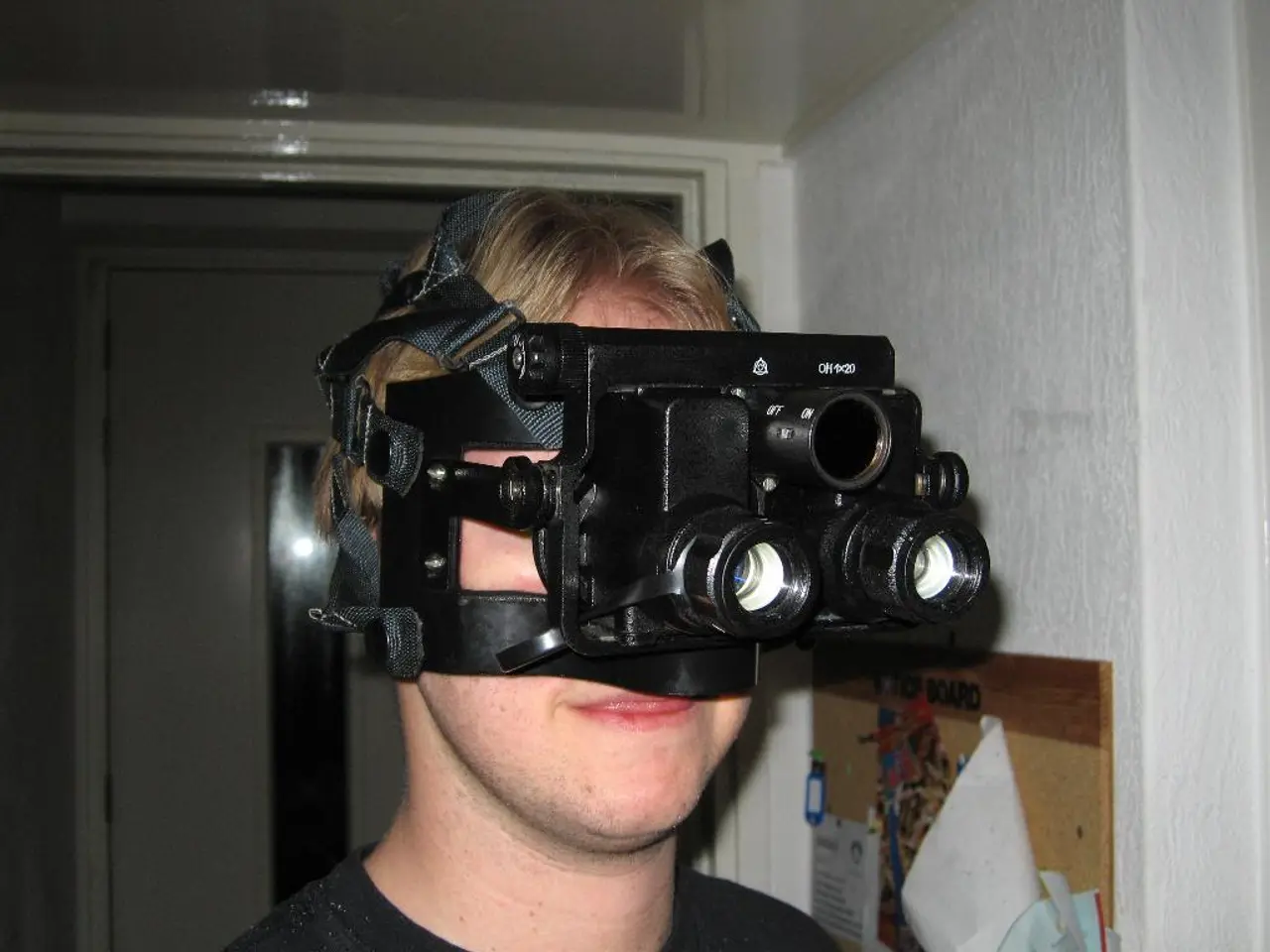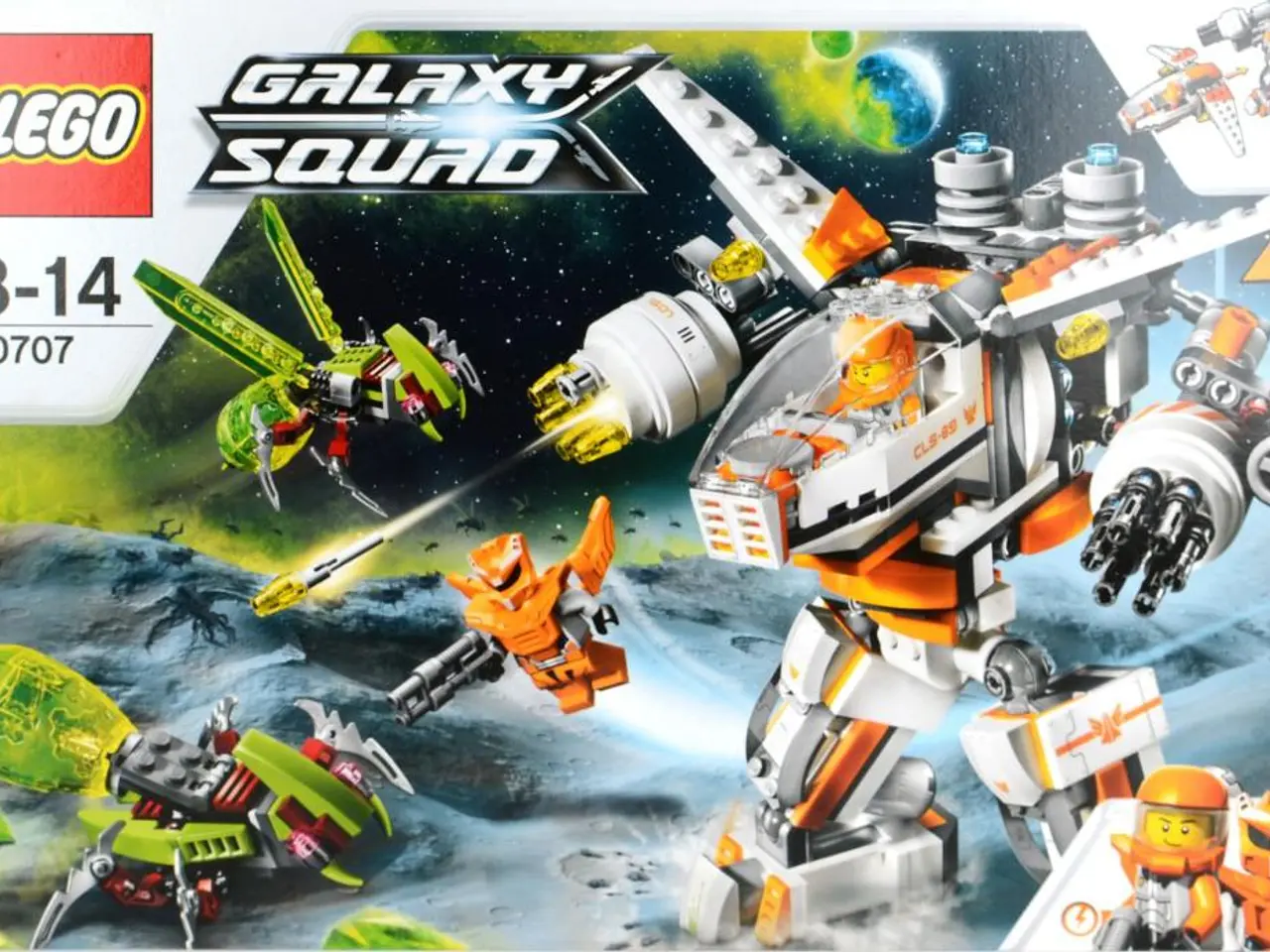Futuristic Food Shopping Experience Transformed by Virtual Reality Technology
Virtual Reality Grocery Shopping: A New Era in Retail
Virtual reality (VR) is set to revolutionize the grocery shopping experience, offering an immersive, interactive, and lifelike alternative to traditional online shopping. Instead of relying on 2D images or lists, VR allows customers to navigate a digital showroom or store, pick up virtual products, read labels, and compare prices in a simulated real-world context.
The benefits of VR in grocery retail are numerous. Enhanced product exploration and realistic visualization help consumers make more informed choices by simulating an in-store experience. This immersive and interactive environment could lead to increased customer engagement and potentially higher conversion rates.
Personalization is another key advantage of VR grocery shopping. AI integration enables tailored product recommendations based on individual preferences, providing a shopping experience that caters to each user's unique needs. Furthermore, VR grocery shopping reduces return rates by allowing customers to better assess products before purchase, minimizing disappointment.
Other benefits include 24/7 accessibility of virtual stores, unconstrained by physical location or business hours, and supply chain optimization, allowing retailers to showcase products still in production or transit, accelerating time to market.
However, implementing VR technology in grocery retail isn't without its challenges. Substantial technological infrastructure and investment are required, such as VR headsets and high-quality digital modeling. Consumer adoption could be limited by potential usability barriers or discomfort with VR equipment. Integration complexities with existing retail systems and backend logistics are also concerns, as is replicating tactile experiences and nuanced sensory cues of physical shopping.
Data privacy and security are further considerations, as VR platforms collect detailed consumer behavior and interaction data. Despite these challenges, more retailers are expected to explore the use of VR in grocery shopping, leading to a more immersive and engaging shopping experience for consumers.
The future of VR in retail looks promising, with retail sales in the US expected to reach $5.5 trillion by 2022. AR technology can be integrated with VR shopping to enhance the user experience. Virtual reality can provide retailers with valuable data and insights into consumer behavior and preferences, offering benefits for both consumers and retailers alike.
Examples of current VR shopping platforms include Amazon's "Prime VR" and Walmart's VR grocery shopping demo. Virtual store walkthroughs allow customers to navigate a digital twin of the grocery store from home. VR grocery shopping offers a level of convenience that traditional shopping cannot match, as users can shop from anywhere at any time.
Retailers are looking to provide a seamless and intuitive shopping experience that is both enjoyable and efficient through virtual reality. The technological foundations of virtual reality shopping are built on a combination of hardware (head-mounted displays and motion controllers) and software applications such as Unity.
As the global AR/VR market continues to grow, with it currently standing at more than 19.44 billion, we can expect to see virtual reality technology play an increasingly significant role in our shopping experiences. From virtual product testing to virtual cooking classes and demos, VR offers a world of possibilities for both consumers and retailers.
- To further optimize the grocery shopping experience, retailers could integrate augmented reality (AR) with virtual reality (VR), enriching the user experience.
- The combination of hardware like head-mounted displays and motion controllers, and software applications such as Unity, forms the technological foundation of virtual reality shopping, paving the way for a more immersive and efficient retail future.




